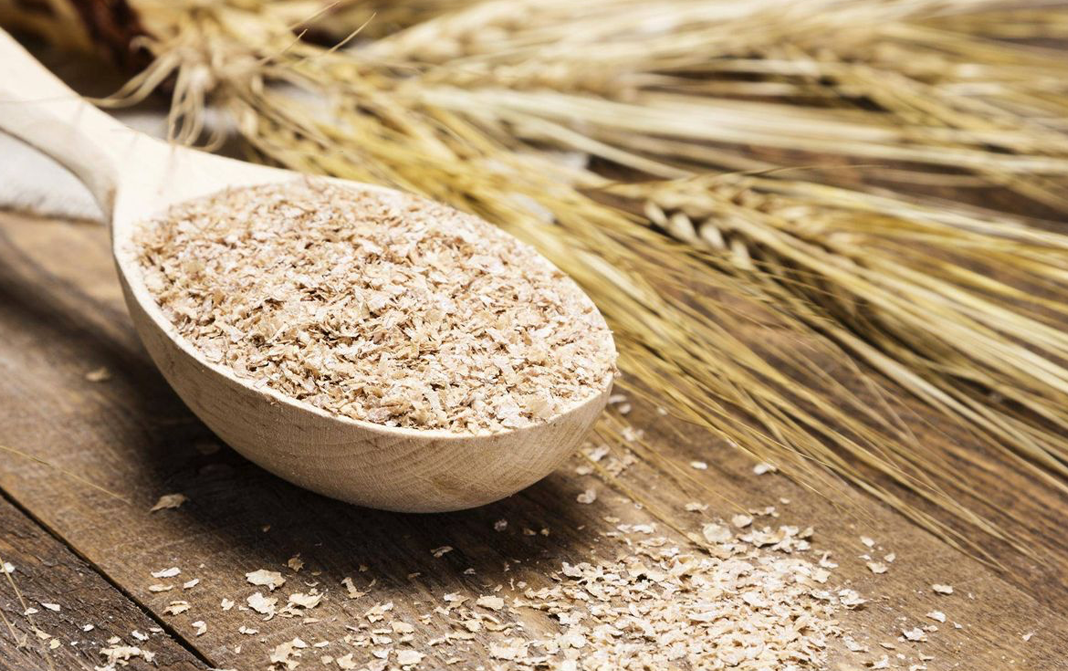


Wheat bran bags ample benefits for digestive health. It is a good source of insoluble fiber that adds bulk to stool and relieves from conditions like constipation, thereby keeping the bowel movements regular. (1)
There should not be any moisture content in the wheat bran at the time of purchase, and it should not taste bitter because if it does, then it means that bran is probably rancid.
(1) https://www.healthline.com/nutrition/wheat-bran#heart-health
- Disclaimer
"Information here is provided for discussion and educational purposes only. It is not intended as medical advice or product or ingredient review/rating. The information may not apply to you and before you use or take any action, you should contact the manufacturer, seller, medical, dietary, fitness or other professional. If you utilize any information provided here, you do so at your own risk and you waive any right against Culinary Communications Private Limited, its affiliates, officers, directors, employees or representatives.”
Description
Wheat bran happens to be one of the three layers of the wheat kernel. It is usually stripped away during the milling process. Most grains such as wheat and oats have a hard outer layer and when they have been processed the layer becomes a byproduct, which is known as “bran”. In the same way, when wheat is processed to get wheat flour, bran is acquired. This bran is then packed with nutrition, thereby, offering ample dietary benefits. Wheat bran usually makes up about 13-17 percent of total wheat grain weight and is extracted in two ways that depend on the process of milling. Henceforth on this context, dry rolling and roller milling happens to be the very process of extraction; the very process of dry milling involves the separation of bran from the endosperm, which is later ground into flour. While under roller milling, the separation of bran from wheat grain is achieved by the way of roller mill.